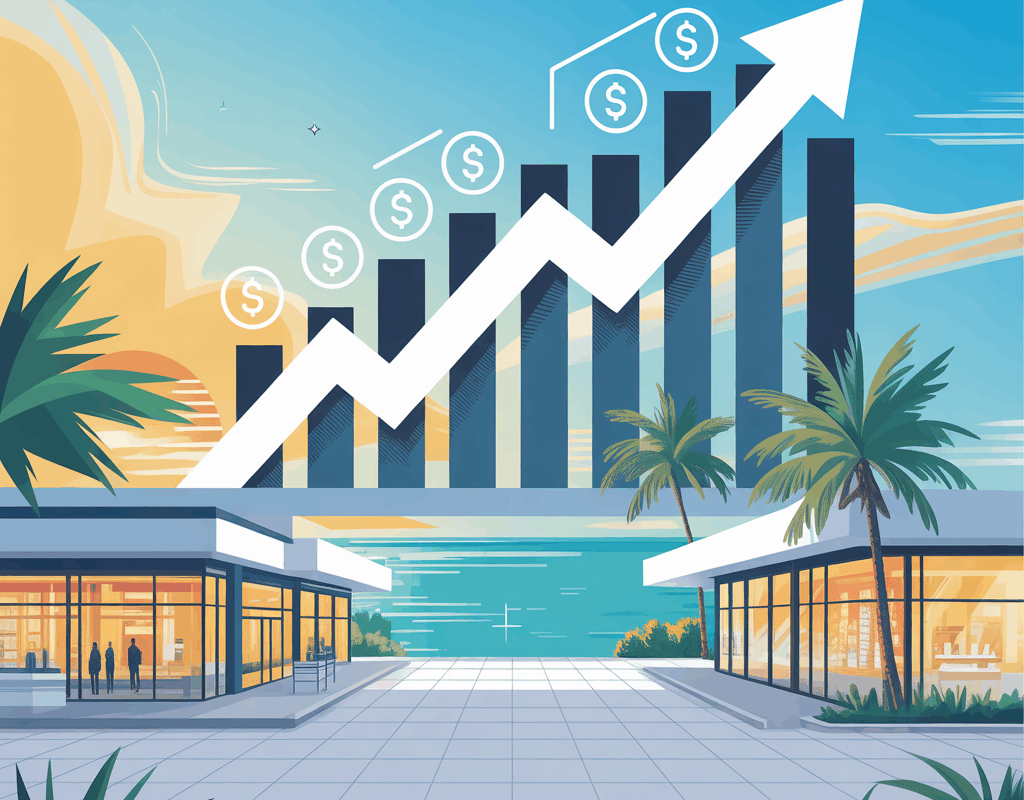CAP Rate Calculator
Calculate the Capitalization Rate (CAP Rate) for commercial real estate investments. The CAP Rate is computed as (Net Operating Income / Property Value) × 100.
Assessing Income, Expenses, and Key Factors
Try the Commercial Property Expenses Calculator to see typical expenses when calculating a CAP rate. Use this total expenses amount minus total income to calculate the NOI (Net Operating Income) for use in the calculation.
- Operating Expenses
- Reserves for capital expenditures
- Property taxes and insurance
- Maintenance and repairs
- Property management fees
- Utilities and common area costs
Commercial Property Expenses Calculator
Calculate the total typical operating expenses for a commercial property by entering values for each category. This helps in estimating costs for real estate investments.
Determine Net Operating Income
Calculate annual income after subtracting operating expenses like maintenance, property management, taxes, and insurance
Commercial Property Income Calculator
Calculate the total typical income for a commercial property by entering values for each category. This helps in estimating revenue for real estate investments.

Income Sources
- Rental income from all units
- Parking fees and storage
- Laundry and vending revenue
- Other ancillary income streams
Always verify income through existing leases and compare against current market rents to ensure accuracy.
Factors Influencing CAP Rates
Location & Asset Class
Urban core properties typically have lower CAP rates than suburban. Office, retail, industrial, and multifamily each have distinct rate profiles.
Property Condition
Well-maintained properties with quality tenants command lower CAP rates, reflecting reduced risk and stable income.
Market Dynamics
Interest rates, economic outlook, anticipated rent growth, and vacancy rates all influence investor expectations and CAP rates.
4-7% CAP Multifamily Properties
Typical CAP rate range in major U.S. cities for apartment buildings
8-12% CAP Higher Risk Assets
Secondary markets or properties requiring repositioning
5-9% CAP Industrial/Retail
Average range depending on location and tenant quality
Important Limitation
CAP rates do not consider financing costs, future capital improvements, or tax impacts. Always use them alongside comprehensive investment analysis including cash-on-cash return, IRR, and sensitivity analysis.
Legal Disclaimer: This article is provided for informational purposes only and does not constitute legal, financial, or real estate advice. The information may change due to evolving laws, market conditions, or regulations. Always consult with a licensed real estate professional, attorney, or financial advisor for personalized guidance. The authors and publishers assume no liability for any actions taken based on this content.

